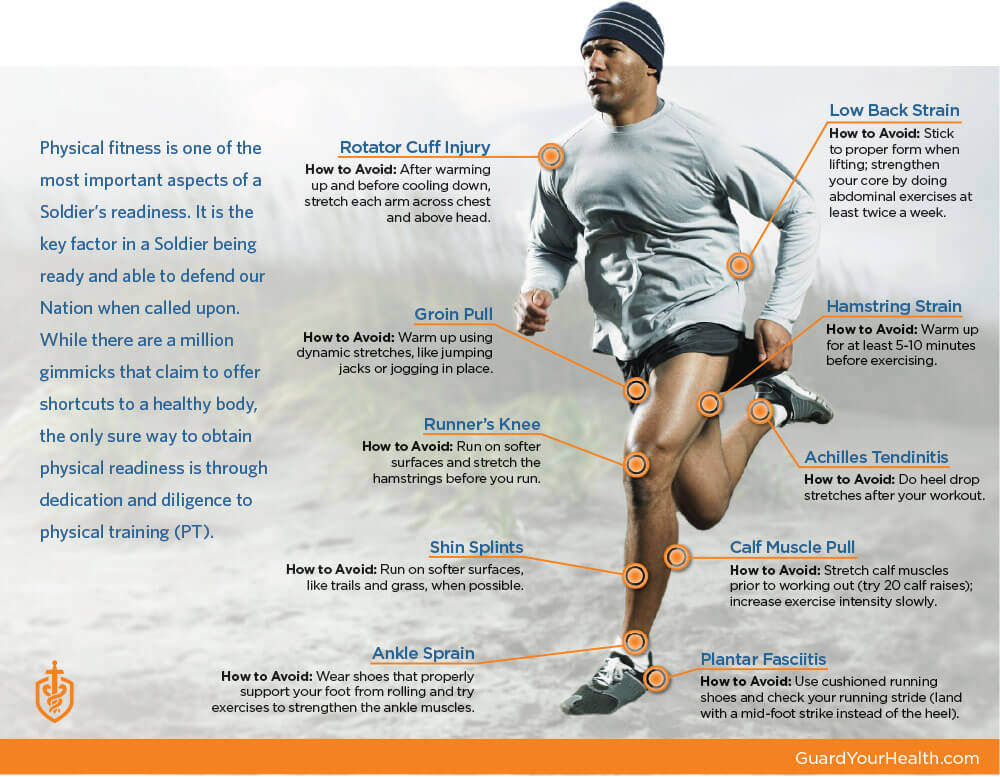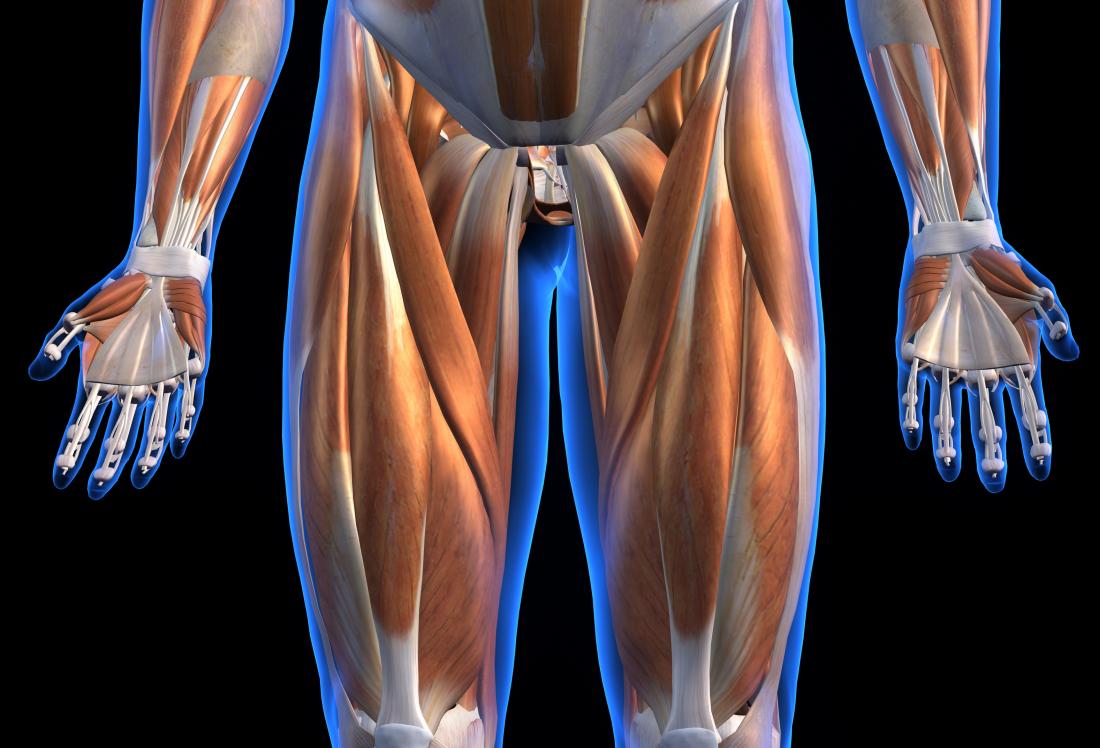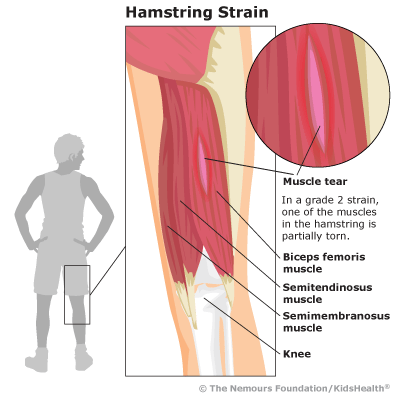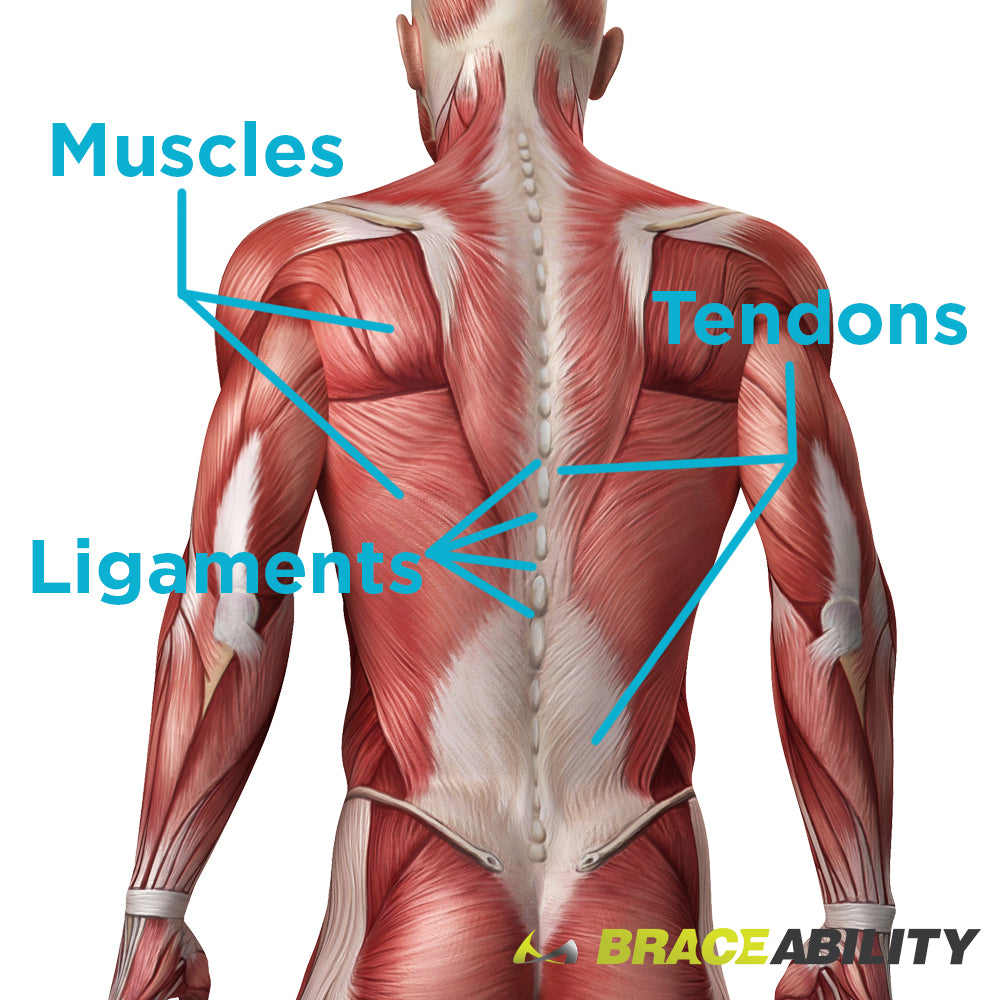First Class Tips About How To Avoid Pulled Muscles

Preventing a pulled groin starts with awareness of your current groin mobility, implementing the right types of training and movements while avoiding static stretches and passive movements.
How to avoid pulled muscles. How to prevent a pulled back muscle. This generates aching, tightening, and stiffening in the muscle, which can be. You can avoid pulled lower back muscles by taking some simple protective steps.
How can i prevent a pulled calf muscle? Like regular exercise, strength training plays a key role in helping to prevent pulled muscles. Stretching reduces tension in muscles, provides a better range of motion, promotes better circulation, improves flexibility, and can lead to increased energy levels.
An ice pack can help relieve discomfort and reduce swelling. Make sure you warm up thoroughly first with some gentle exercise. Go slow, especially if you’re new to an exercise, and practice good form.
Leaning too far forward is likely to cause neck and shoulder pain. By adding strength training to your exercise program, you work to keep your body in alignment and. Stretching reduces tension in muscles, provides a better range of motion, promotes better circulation, improves flexibility, and can lead to increased energy levels.
A pulled muscle occurs when the muscle is strained or stretched too far, creating small tears within the muscle. Symptoms of a strained or pulled muscle include pain, swelling,. Pulled muscles can occur as the result of overuse, improper use of the muscle, or from a sudden, forceful use of the muscle.
You can reduce your risk of a pulled calf muscle by: Watch what you eat stay away from inflammatory foods,. How to avoid pulled muscles in winter:
:max_bytes(150000):strip_icc()/abdominal-muscle-strain-2548831_fin-098608067ee94c07a5b79658914cd384.png)









/175387436-56a6d98a5f9b58b7d0e51b70.jpg)







